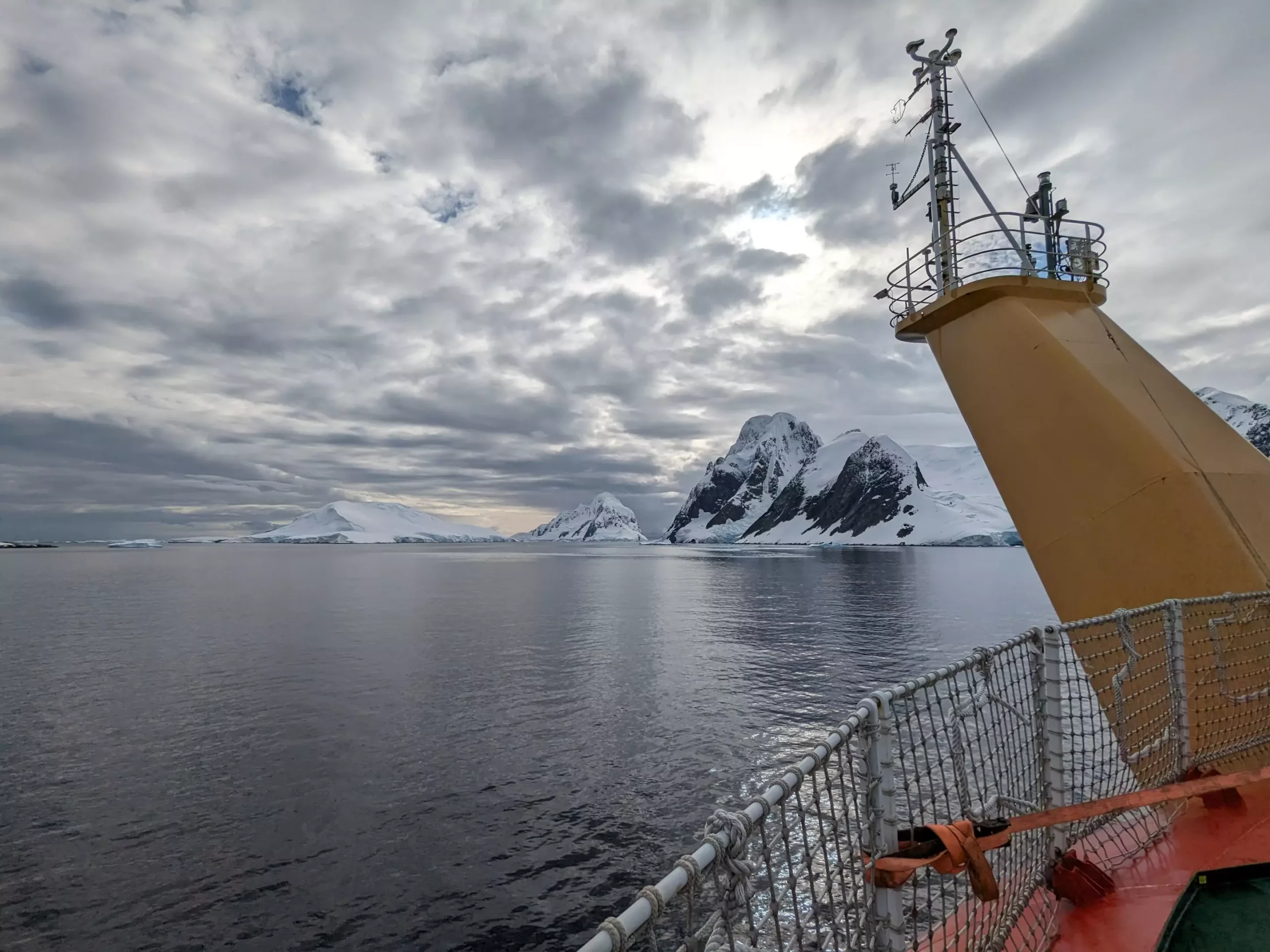Recent groundbreaking research conducted by the University of East Anglia (UEA) and the Plymouth Marine Laboratory (PML) has unveiled a striking reality about the Southern Ocean: it absorbs more carbon dioxide (CO2) than previously understood. This revelation is vital as the Southern Ocean is instrumental in mitigating climate change by sequestering CO2 emissions generated from human activities. The findings, published in the journal *Science Advances*, amplify the urgency for enhanced climate action and deeper scrutiny of our planet’s natural carbon sinks.
By utilizing direct measurements of CO2 exchange—specifically through the innovative eddy covariance technique—the research indicates that the Southern Ocean absorbs 25% more CO2 compared to earlier estimates drawn from indirect measurements, such as those recorded via ships or oceanic models. This surge in understanding reflects a critical shift in how scientists perceive oceanic interactions with atmospheric carbon and, ultimately, climate dynamics.
Methodology: A Scientific Breakthrough
Traditional methods relied heavily on shipboard observations, including data collected over the years for the Surface Ocean CO2 Atlas (SOCAT) and observations from profiling floats. However, these approaches brought forth substantial inconsistencies in estimates, showcasing significant variations in CO2 absorption. The new study effectively counters those conventional methodologies by employing a cutting-edge approach to measure air-sea CO2 fluxes in real-time during the summer months, which underscores the Southern Ocean’s role as a potent carbon sink.
Lead author Dr. Yuanxu Dong emphasizes that this research is pioneering in its direct observation approach, providing concrete evidence against the previously accepted models that underestimated the Southern Ocean’s CO2 uptake. This innovative methodology, measuring flux at unparalleled temporal and spatial resolutions, sets a precedent for more accurate assessments of carbon sinks in marine environments.
Understanding the Discrepancies in Measurements
The gaps in the data can largely be attributed to several factors. The temperature variations in the upper ocean play a significant role in CO2 uptake, as highlighted by the authors. Furthermore, prior models often averaged over durations that failed to capture sporadic but intense uptake events, leading to a further underestimation of the Southern Ocean’s efficacy as a carbon sink.
The research team consisted of a diverse array of scientists from leading institutions, including the Alfred Wegener Institute and Max Planck Institutes in Germany, and they collectively scrutinized the discrepancies in CO2 flux estimates. Their collaborative efforts to bridge these data gaps resulted in a clearer picture of how the Southern Ocean interacts with atmospheric CO2.
The Urgency for More Robust Data
The research has also illuminated a pressing need for ongoing and enhanced data collection efforts. The study points out that the Southern Ocean is notorious for its gaps in winter data due to accessibility issues—the research vessels face challenges in reaching these regions during harsher conditions. This lack of data significantly limits the understanding of seasonal flux variability, a crucial aspect for evaluating CO2 absorption over different times of the year.
Expanding the range of observational tools, such as additional ships, buoys, and autonomous sail drones, is pivotal in filling these data voids. This point is further emphasized by Dr. Mingxi Yang, who articulates that the Southern Ocean stands as a fundamental CO2 sink, yet our comprehension of its capacity remains shrouded in uncertainty.
Tackling the Decline in Oceanic Observations
Adding urgency to this endeavor is the declining trend in available shipboard surface ocean CO2 measurements. The research noted a dramatic 35% decrease in datasets recorded by SOCAT from 2017 to 2021, exacerbated by the challenges brought forth by the COVID-19 pandemic. This precipitous decline in research funding and personnel further compounds the need for investment in marine carbon monitoring.
Prof. Tom Bell from PML has shed light on ongoing efforts to revitalize the collection of flux measurements using modern vessels. The deployment of the RRS Sir David Attenborough is a hopeful sign, facilitating the collection of vital data in regions like the Weddell Sea. However, these efforts must be sustained and expanded to adequately address our understanding of global carbon cycles and climate change modeling.
Implications for Climate Policy
The insights gained from this pivotal study are not merely academic; they hold profound implications for climate policy and global sustainability efforts. Understanding the Southern Ocean’s CO2 absorption capacity is essential for developing accurate climate models and crafting effective strategies to mitigate climate impacts. Policymakers must take heed of these revelations, advocating for enhanced marine research funding and the establishment of monitoring systems that track oceanic carbon dynamics comprehensively.
In embracing a more informed perspective of the Southern Ocean as a vital ally in combating climate change, the global community stands to gain a clearer vision of our environmental future—and perhaps a glimmer of hope in our ongoing struggle against the climate crisis.

